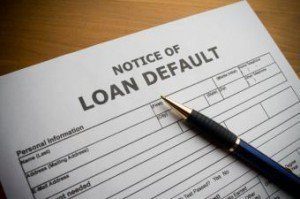 According to a research report from the JPMorgan Chase Institute, homeowners with post-closing liquidity of three months or more were five times less likely to default. Additionally, JPMorgan Chase notes that liquidity may be more useful at predicting mortgage default than home equity, income level, and payment burden.
According to a research report from the JPMorgan Chase Institute, homeowners with post-closing liquidity of three months or more were five times less likely to default. Additionally, JPMorgan Chase notes that liquidity may be more useful at predicting mortgage default than home equity, income level, and payment burden.
“Understanding the principal factors associated with mortgage default is critically important to developing solutions that help Americans avoid default and stay in their homes,” said Diana Farrell, President and CEO, JPMorgan Chase Institute. “We hope this analysis is valuable in helping mortgage lenders and servicers develop policies and programs that could prevent defaults in the future, while also helping more people access mortgages and have the opportunity to own a home.”
The report, tilted “ Trading Equity for Liquidity: Bank Data on the Relationship between Liquidity and Mortgage Default” indicates that borrowers with less than one mortgage payment equivalent (MPE) of post-closing liquidity had a three-year default rate (1.8%). Meanwhile, borrowers with between three and four MPEs of post-closing liquidity (0.3%). Low-MPE borrowers made up a “a disproportionately high share of defaults,” JPMorgan Chase notes. Homeowners with less than one MPE of post-closing liquidity made up 20% of the report’s sample, but accounted for 54% of defaults.
Drops in income preceded default regardless of whether a homeowner’s total debt-to-income at origination was above or below the 43% ability-to-repay threshold of the Qualified Mortgage rule. Actions that increased borrower liquidity were shown to reduce default rates, but modifications that increased borrower equity but left them underwater did not impact default rates.
For example, a 10% payment reduction would lead to an increase in liquidity, and reduced default rates by 22%. On the other hand, modifications that relied on principal reduction, which decreased equity, had no material impact on default rates for borrowers who remained underwater.
“Taken together, our findings suggest that a policy or program encouraging borrowers to make a slightly smaller down payment and use the residual cash to fund an ‘emergency mortgage reserve’ account might lead to lower default rates,” said JPMOrgan Chase in a statement.

 DSNews The homepage of the servicing industry
DSNews The homepage of the servicing industry









